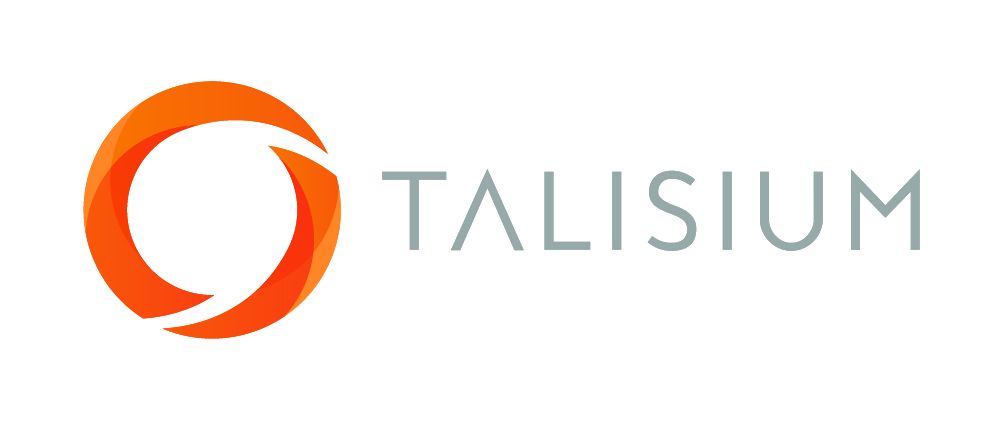Addressing skills gaps in your health workforce is essential for ensuring that you have the necessary personnel to provide high-quality care to your patients. By addressing skills gaps, you can improve patient outcomes and satisfaction, increase productivity and efficiency within your organisation, and retain top talent.
In this blog, we will explore the various methods for addressing skills gaps in your health workforce and provide tips for implementing those methods effectively.
In this blog, we will explore the various methods for addressing skills gaps in your health workforce and provide tips for implementing those methods effectively.
Develop a training plan
One of the most effective ways to address skills gaps is to develop a training plan. This may involve creating a training curriculum, identifying outside resources for training, or providing on-the-job training opportunities.
To develop a training plan, start by identifying the specific skills that need to be addressed. This may involve conducting a skills gap analysis, which involves gathering information about the current skills and knowledge of your health workforce and comparing it to the skills and knowledge that are required for their job. This can be done through performance evaluations, competency assessments, employee surveys, job analysis, or training needs assessments.
Once you have identified the specific skills that need to be addressed, you can then develop a training plan to address those skills. This may involve creating a training curriculum that includes classroom training, online courses, or hands-on training. Alternatively, you may choose to provide on-the-job training opportunities, such as job shadowing or mentorship programs.
Encourage continuous learning
Encouraging continuous learning is another effective way to address skills gaps in your health workforce. This can be done through various methods, including providing opportunities for continuing education and professional development, encouraging employees to seek out training and development opportunities on their own, and creating a culture of learning within your organisation.
One way to encourage continuous learning is to provide opportunities for continuing education and professional development. This may involve offering in-house training sessions or workshops, or paying for employees to attend conferences or seminars. You can also consider offering tuition assistance for employees who want to pursue advanced degrees or certifications in their field.
Encouraging employees to seek out training and development opportunities on their own is another effective way to promote continuous learning. This may involve providing resources such as books, articles, and online courses that employees can use to learn more about their field. You can also consider offering incentives for employees who take the initiative to pursue additional training or education.
Creating a culture of learning within your organisation is also important for encouraging continuous learning. This may involve setting aside time for employees to learn new skills, providing opportunities for employees to share their knowledge with their colleagues, and recognising and rewarding employees who engage in ongoing learning.
Partner with outside organisations
Partnering with outside organisations is another effective way to address skills gaps in your health workforce. This may involve working with universities or specialist health education providers to create training programs and to offer training and development opportunities to your employees.
Working with a specialist health education partner like Talisium can be especially beneficial, as they often have a wealth of resources and expertise that can be used to address skills gaps in your health workforce. For example, you may be able to develop a training program that allows your employees to earn university credit while also gaining the skills and knowledge they need to perform their jobs more effectively.





